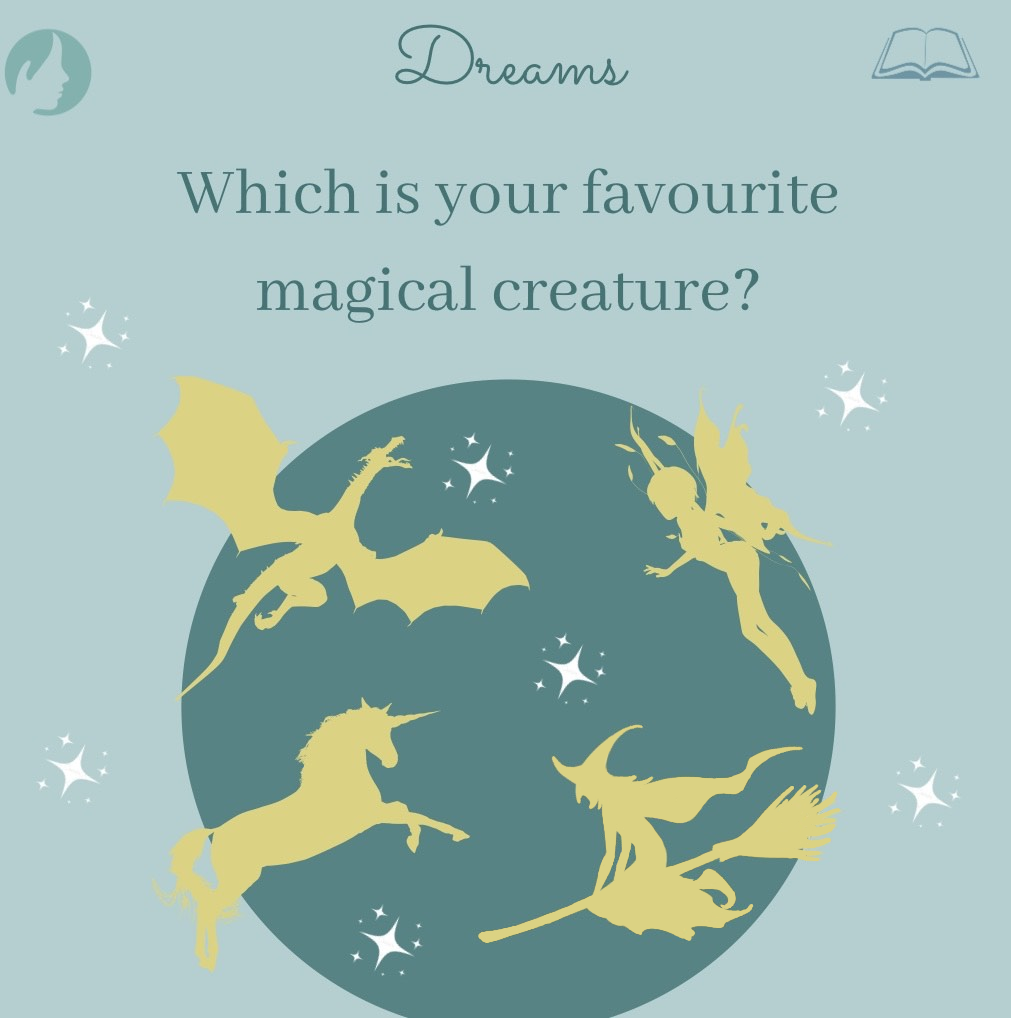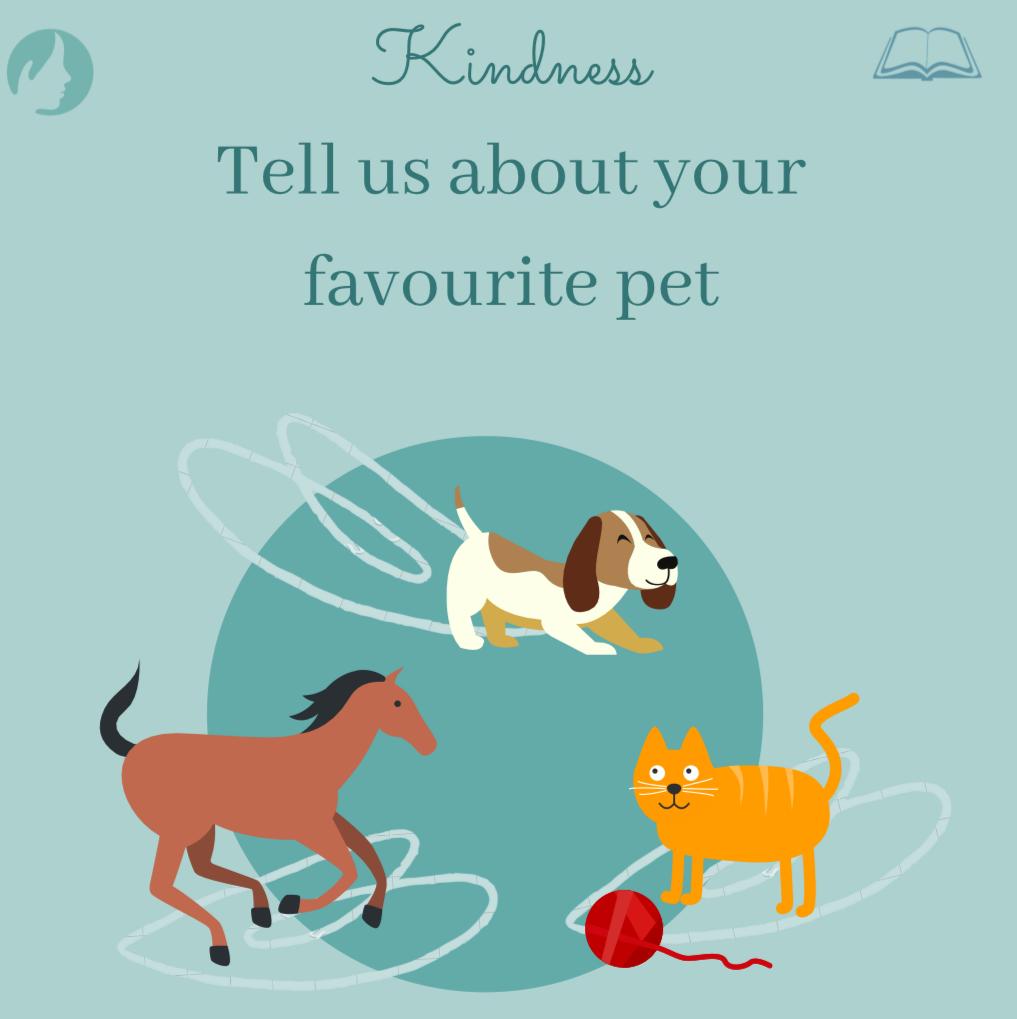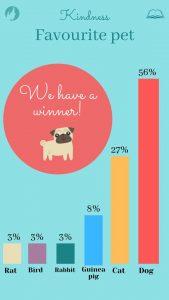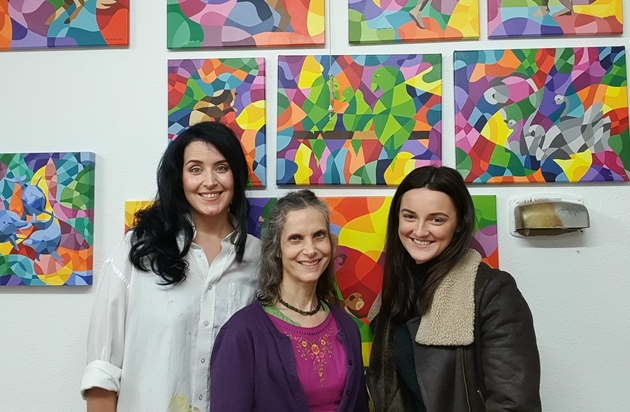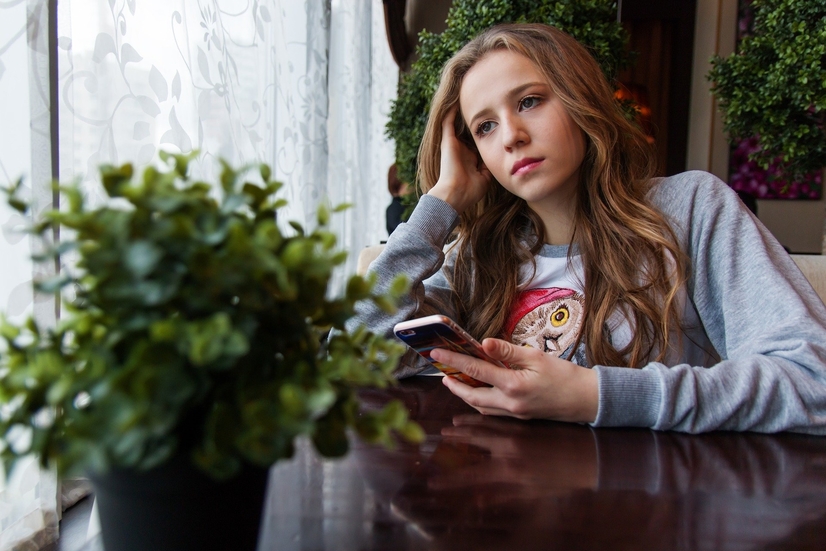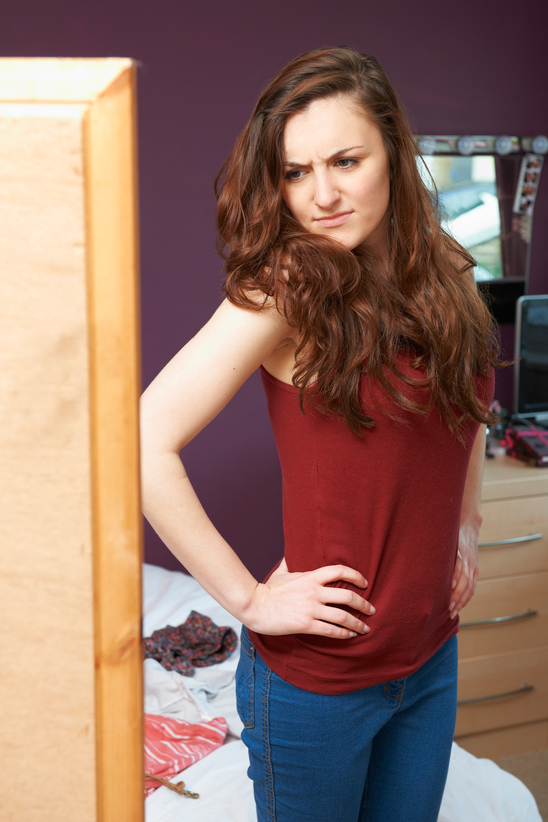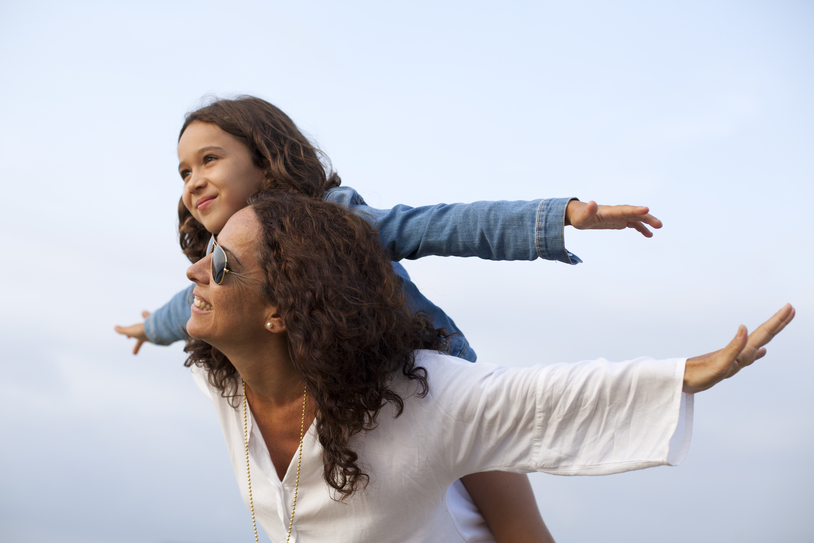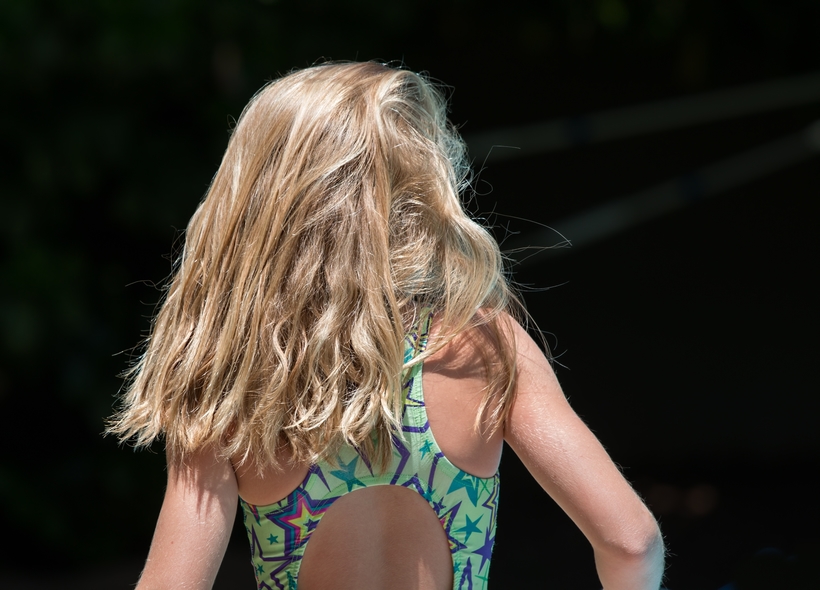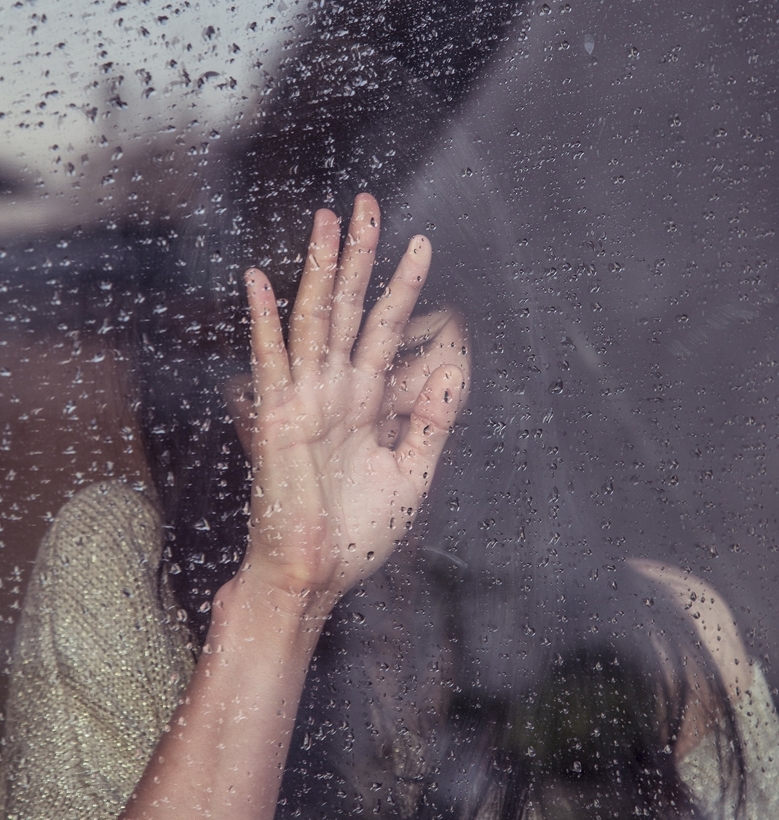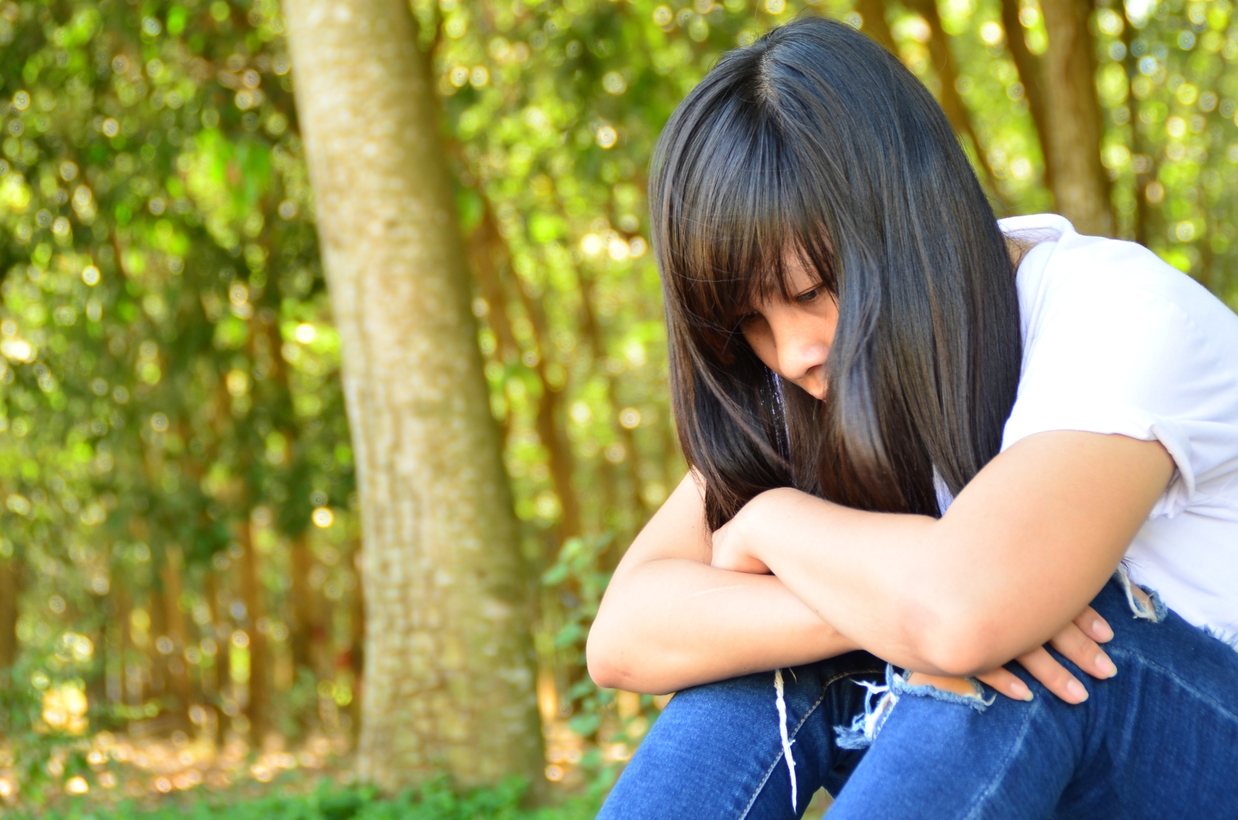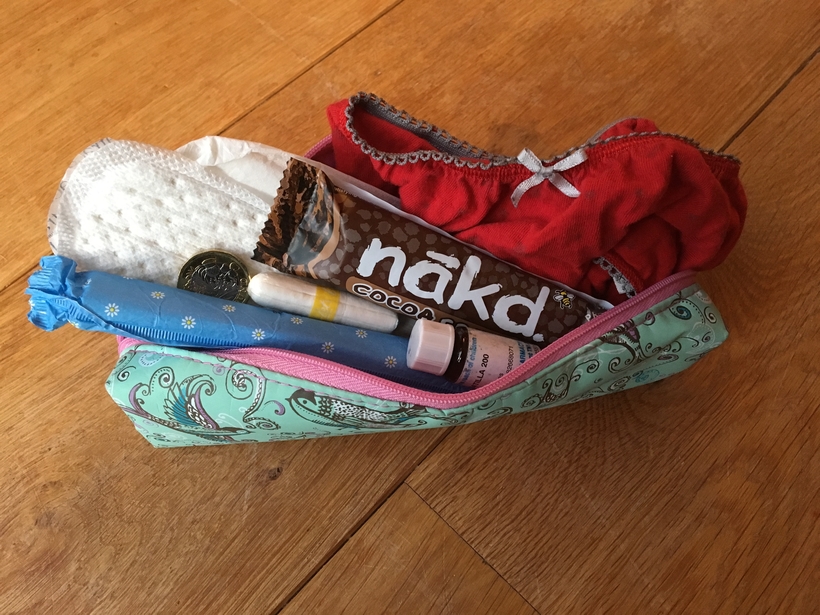Help us to pick a magical creature in this week’s activity for creating our Mother-Daughter Date diary.
Continue readingMaking a book activity 1: Favourite pets

Animals are great companions. It’s easy to talk to them and they seem to understand exactly how we’re feeling and know just what we need.
We’re going to start making our book with a picture of a pet and you’re going to help us choose which one. Please tell us in comments below what animals you have as pets. Or would like to have as a pet. Tell us your pet’s name and what makes them special. Show us a photo.
Let us know about your pets by Friday and that will decide the picture for the first month in the diary. Our artist, Tanja will work over the weekend on a picture of the favourite pet which we’ll show you on Monday (before our next activity on Tuesday).
Here’s our winner!
Dogs are the winners in your vote for favourite pet! Our artist Tanja worked over the weekend on the first picture for our book and here she is, a sausage dog. But what shall we call her? Give us your suggestions in comments and we’ll announce her name tomorrow.

We loved hearing about all your pets. The animals that share your homes sound like they give you so much fun, friendship and love. So many of them seem to understand how you’re feeling, especially when you’re poorly or sad.
Tomorrow we’ll tell you this week’s activity in making our book together – what magical creatures do we want to include?
Make a book with us!
Let’s have fun at home as you help us to choose themes, decide designs and commission the artwork as well as submitting your own for the new Mother-Daughter Date Diary.
Continue readingThe virus from a child’s point of view
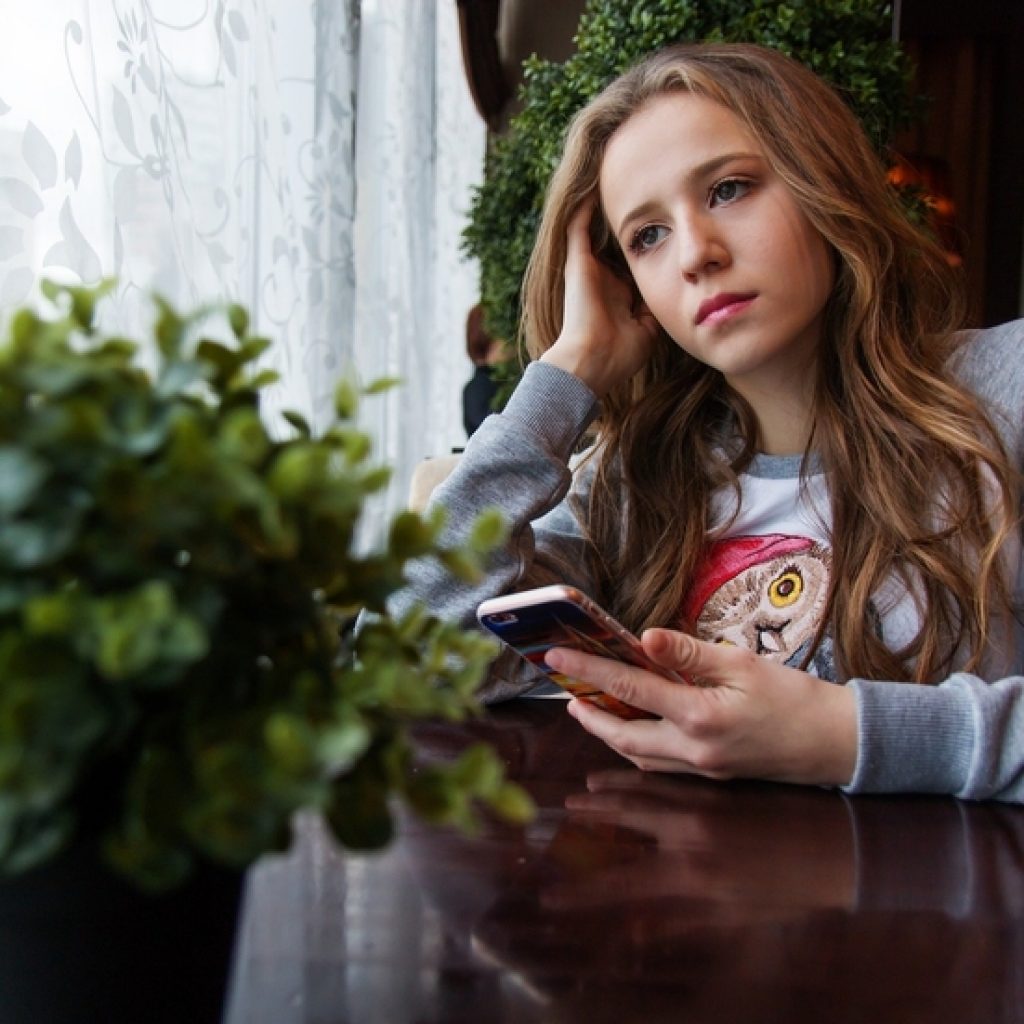
“It’s exciting, we won’t have to go to school!”
“My mum’s really worried, it’s all she ever talks about.”
“Dads work just closed, has he lost his job?”
“Will anyone come to my birthday party?”
“There’s no food in the shops, what are we going to eat?”
“I heard someone say even the hospitals are going to close, are we going to die?”
“It’s kind of fun and also scary at the same time. None of the adults seem to know what’s happening, even the doctors, and the government keeps changing its mind.”
There’s a feeling of emergency in the air. Our children are excited, anxious, confused and over-informed. Maybe we are too. And that’s okay, as long as we take our fear to other adults and don’t immerse our children in a sea of anxious conversations. Even if your children are too young for social media and your radio and television are switched off, they’ll still be picking up on however you’re feeling (they’re programmed to for their survival). And if your children are older, they might be riding the adrenaline high of obsessively checking their feeds and might not be able to discern what is true and what is sensational panic. Besides children don’t have the filters we do, they tend to believe everything and often don’t know how to rein in their frightening thoughts.
It’s a good time to teach our children:
| How to calm ourselves | |
|---|---|
| How to assess what information to trust | |
| How to take really good care of our health, when we’re well and when we feel poorly |
What great life lessons for you to pass on
How do you calm yourself?
We need to do this for ourselves first, so we don’t leak fear, and can then pass onto our children tools to calm themselves. You know how to do this, we just sometimes forget in times of stress.
Let’s share what we know. Please add your suggestions in the comments below…
eg audio books, warm bath, talking about worries, listening to music, baking, breathing out slowly, doodling, connecting with friends…
How do you assess what information to trust?
Talk to your children about how we decide if something we hear or read is true.
How do we take really good care of our health?
Now here’s the point of all those biology lessons! Discuss what boosts our immune system: sleep, exercise, fresh air, good food, plenty of water, fun, friends, family… what else?
And explain that a high temperature is a sign of your body working well, heating up to destroy the virus. Feeling tired is your body’s call to rest so you can give all your energy to healing. Help your children not to feel scared of the symptoms but to understand that it’s the body doing its job of getting better.
Watch Kim’s video: What to say to our children about the coronavirus – three tips for parents.
Does my bum look big in this?
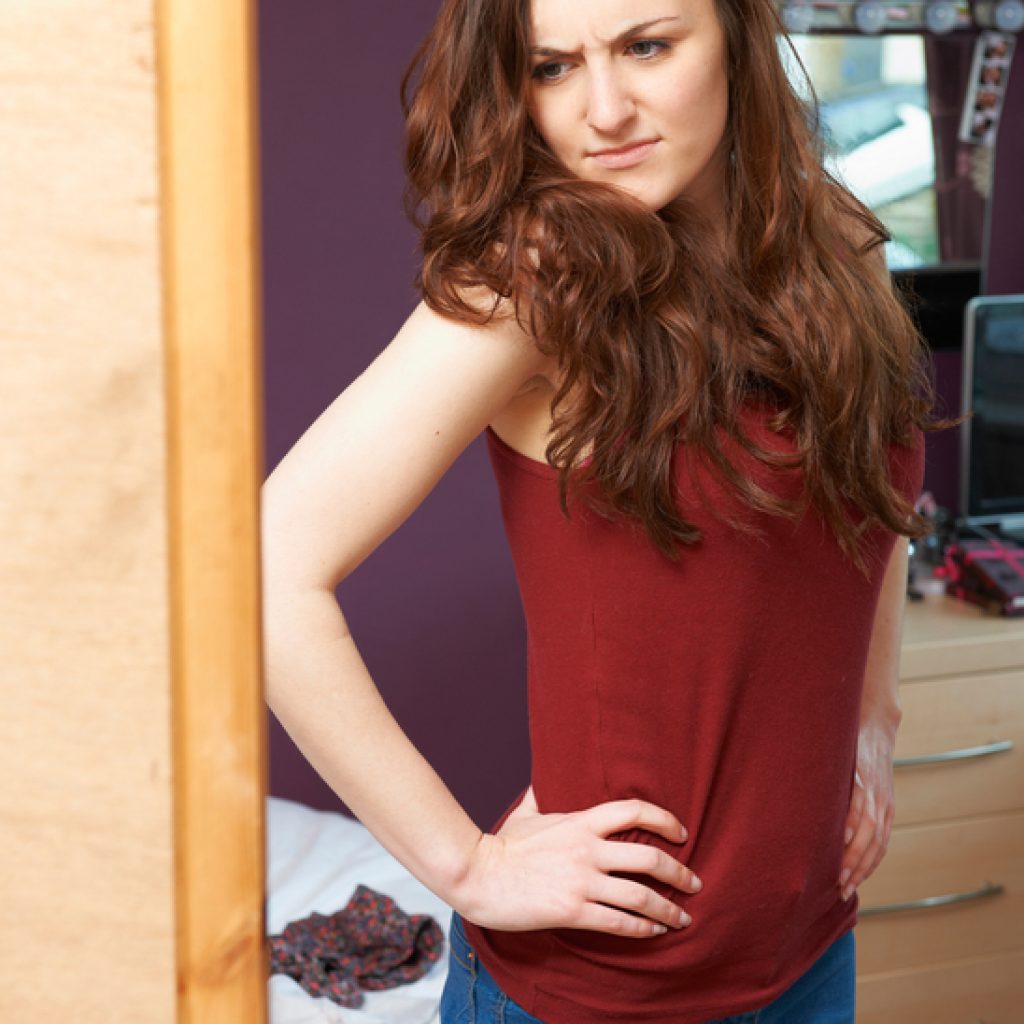

Everyone worries about what they look like, don’t they? Immersed in a culture that idealises looks, worrying about weight and appearance is so all-pervasive that we hardly question it. The focus ought to be on what creates this anxiety, not on how we can live with it or how we can reduce it by losing weight and altering our appearance.
Before they even reach their teens, most girls have a troubled relationship with their bodies. They worry about how they look, being fat, having hair in the wrong places, not being tanned, their skin, hair, nose, bum. Many teenage girls already have a regime of painting their faces, shaving and coiffing. Most girls have tried skipping meals and eating less in an attempt to be thinner. Children are fed a constant diet of images showing them how women are meant to look and behave. Greater importance seems to be given to how we seem and what we have, rather than what we do or who we are.
We surround our girls with images of idealised female perfection. Just as they become more curvaceous and hair is growing in new places, they are also contending with spots, greasy hair, mood swings and self-consciousness. And, as if that isn’t enough, they are bombarded with messages that they must work hard to get their bodies looking a certain way. Hair must be removed, coloured, straightened, styled. Skin must be clear, tanned, soft. Tummies flat, hips narrow, waist trim, legs long. With images now digitally altered, girls strive for a type of female beauty that is impossible to attain.
Women’s bodies are used everywhere to sell cars, perfume and chocolate, on billboards, magazines and television. On the screen our heroines are slim, feminine and blemish-free. Models on the catwalk and in the shop window are dangerously underweight. Pop stars gyrate provocatively, and women depicted in computer games have taken Barbie to a whole new level of improbable proportion, peddling fake dreams of mastery, agility and sensuality. You see it without looking.
The boys are watching online porn and then want their girlfriends to re-enact what they have seen. They expect long, slender legs, big breasts, slim waist and no body hair. Women’s bodies are revealed to sell all kinds of products, but frowned upon if seen breastfeeding. Women in the west have the lowest body-confidence, with few able to say they like their bodies. Girls who start life loving their big tummies and their fascinating toes learn to judge and find fault with their figures. Life-threatening eating disorders are on the increase, and women mutilate their bodies, spending increasing millions on cosmetic surgery.
No matter how much you love her, love the way she looks and let her know this, other forces are at work that will cut across all this and destroy your daughter’s easy self-acceptance.
How you can help your girl to keep loving her body:
• Bother to take care of yourself. It really works! Good food, sleep and exercise will increase your body-esteem. It sets an example.
• Practise looking at your body in the mirror with kind eyes.
• Exercise and eat for health rather than to lose weight.
• Never criticise your body in front of your daughter.
• Never criticise your daughter’s body.
• Limit your spending on your appearance.
• Reduce your exposure to glossy magazines and celebrity gossip.
• Fill your life with real people.
This is how we liberate ourselves and our daughters too!
Chapter seven of Kim McCabe’s book ‘From Daughter to Woman‘ is full of tips and tools for helping your daughter to feel good about herself.
Find your brave
Bravery looks different for everyone. Here’s how we can help our children find their brave…
Continue readingWill I have to stop swimming?
What are my options if I want to swim, dance or horse-ride when I’m on my period?
Continue readingWhy are a fifth of our 14-year-old girls self-harming?
The adults in their lives can make a real difference to changing this shocking statistic.
Continue readingHow not to fail your child if they fail their exams
Even when the results are a disappointment there’s the possibility of turning this into a positive experience.
Continue readingPeriod pencil case
A wonderful way to help your daughter feel prepared for her first period.
Continue reading